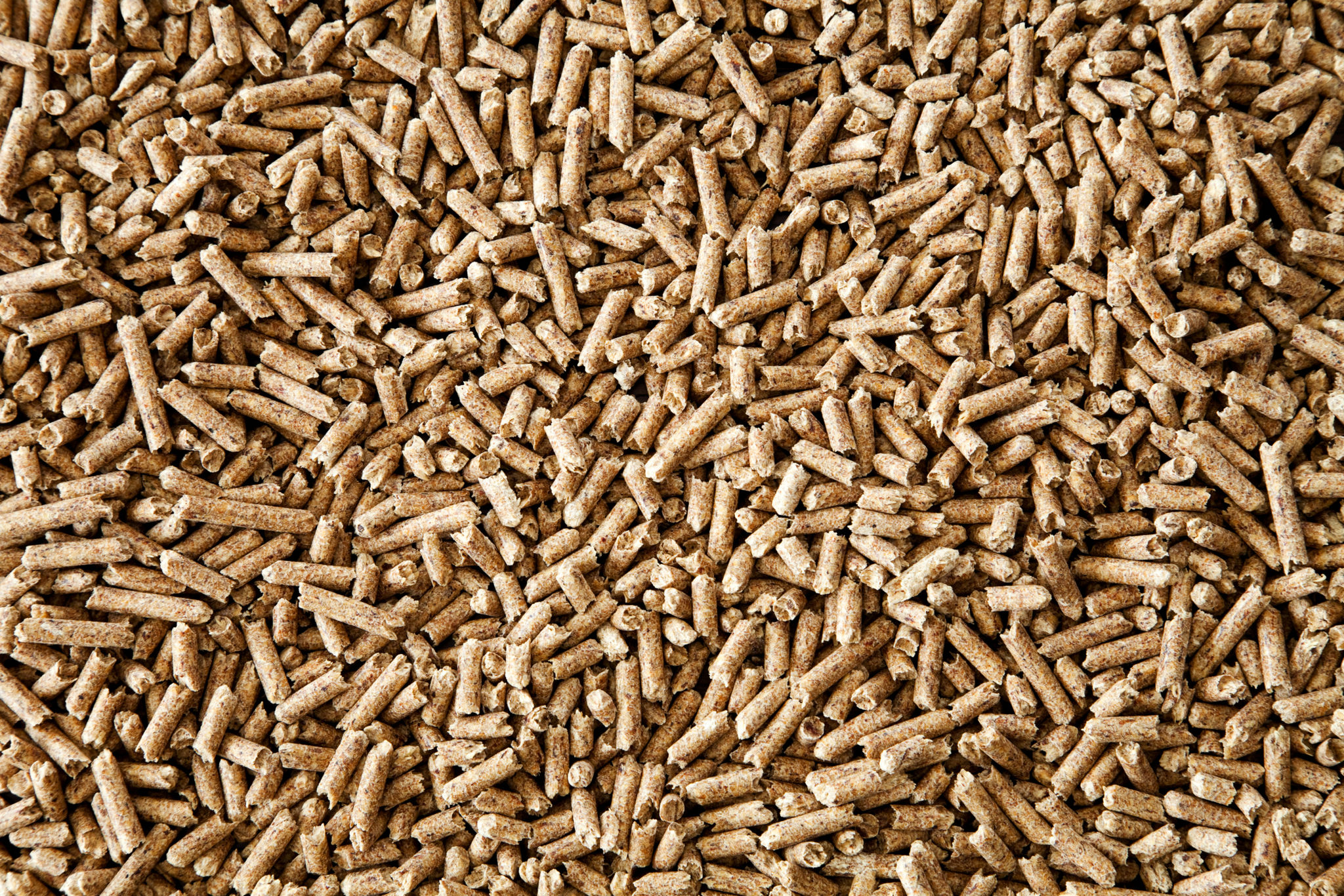The Ultimate Guide to Biomass Fuel Options: Choosing the Right Wood Pellets
Understanding Biomass Fuel
Biomass fuel is a sustainable energy source derived from organic materials such as wood, agricultural residues, and even animal waste. Among the various options available, wood pellets have gained immense popularity due to their efficiency and eco-friendliness. Choosing the right wood pellets for your energy needs involves understanding their characteristics and how they align with your specific requirements.

Benefits of Using Wood Pellets
Wood pellets offer numerous benefits that make them a preferred choice for many. Firstly, they are considered a carbon-neutral fuel source, as the carbon dioxide emitted during combustion is offset by the carbon dioxide absorbed during the growth of the trees. Additionally, wood pellets are compact and easy to store, making them a practical option for both residential and industrial use.
Another significant advantage is their high energy density. Wood pellets provide a consistent and efficient heat output, which can be easily controlled. This makes them an ideal choice for heating systems that require reliable performance. Moreover, using wood pellets supports local economies by creating jobs in production and distribution.
Types of Wood Pellets
There are several types of wood pellets, each with distinct characteristics. The most common types include:
- Softwood Pellets: Made from trees like pine and spruce, these pellets typically burn hotter and faster due to their higher resin content.
- Hardwood Pellets: Derived from trees such as oak and maple, these pellets burn longer and produce less ash.
- Blended Pellets: A mix of hardwood and softwood, offering a balance between heat output and burn duration.

Factors to Consider When Choosing Wood Pellets
When selecting wood pellets, consider factors such as moisture content, ash content, and pellet size. Moisture content should be low, typically below 10%, to ensure efficient burning. Ash content is also crucial; lower ash content means less cleaning and maintenance for your heating system.
The size of the pellets can affect their compatibility with your stove or boiler. Ensure that the pellets you choose match the specifications of your heating equipment to avoid issues with feeding mechanisms or combustion efficiency.
Certifications and Quality Standards
Quality certifications can provide assurance about the performance of wood pellets. Look for pellets that meet standards like the ENplus certification in Europe or the Pellet Fuels Institute (PFI) quality mark in North America. These certifications ensure that the pellets meet specific quality criteria regarding moisture content, density, and ash production.

Sustainable Sourcing Practices
Sustainability is a key consideration when choosing biomass fuels. Opt for wood pellets sourced from responsibly managed forests that adhere to sustainable forestry practices. This not only supports environmental conservation but also ensures a steady supply of raw materials for pellet production.
Purchasing locally produced pellets can further enhance sustainability by reducing transportation emissions and supporting local economies. It's essential to research the supply chain and sourcing practices of pellet manufacturers to make an informed decision.
Conclusion
Choosing the right wood pellets involves understanding their types, quality standards, and sourcing practices. By considering factors such as moisture and ash content, as well as certifications, you can ensure that your biomass fuel choice aligns with your efficiency and sustainability goals. Embracing biomass fuel options like wood pellets not only reduces your carbon footprint but also promotes a cleaner, greener future.